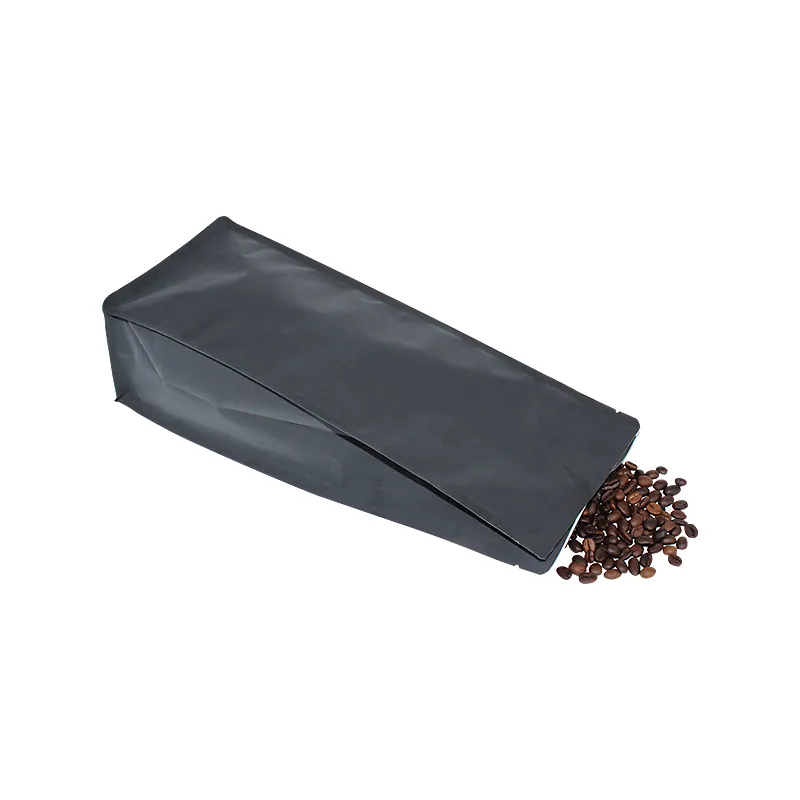- Afrikaans
- Albanian
- Amharic
- Arabic
- Armenian
- Azerbaijani
- Basque
- Belarusian
- Bengali
- Bosnian
- Bulgarian
- Catalan
- Cebuano
- chinese_simplified
- chinese_traditional
- Corsican
- Croatian
- Czech
- Danish
- Dutch
- English
- Esperanto
- Estonian
- Finnish
- French
- Frisian
- Galician
- Georgian
- German
- Greek
- Gujarati
- haitian_creole
- hausa
- hawaiian
- Hebrew
- Hindi
- Miao
- Hungarian
- Icelandic
- igbo
- Indonesian
- irish
- Italian
- Japanese
- Javanese
- Kannada
- kazakh
- Khmer
- Rwandese
- Korean
- Kurdish
- Kyrgyz
- Lao
- Latin
- Latvian
- Lithuanian
- Luxembourgish
- Macedonian
- Malgashi
- Malay
- Malayalam
- Maltese
- Maori
- Marathi
- Mongolian
- Myanmar
- Nepali
- Norwegian
- Norwegian
- Occitan
- Pashto
- Persian
- Polish
- Portuguese
- Punjabi
- Romanian
- Russian
- Samoan
- scottish-gaelic
- Serbian
- Sesotho
- Shona
- Sindhi
- Sinhala
- Slovak
- Slovenian
- Somali
- Spanish
- Sundanese
- Swahili
- Swedish
- Tagalog
- Tajik
- Tamil
- Tatar
- Telugu
- Thai
- Turkish
- Turkmen
- Ukrainian
- Urdu
- Uighur
- Uzbek
- Vietnamese
- Welsh
- Bantu
- Yiddish
- Yoruba
- Zulu
Understanding 24 Gauge Thickness in Millimeters for Various Applications
Understanding 24 Gauge Thickness in Millimeters A Comprehensive Overview
When discussing materials, especially metals, the term gauge is often used to describe the thickness of a given sheet or wire. This measurement plays a vital role in various industries, including construction, manufacturing, and crafting. One of the commonly referenced gauges is the 24 gauge, which raises the question of its exact thickness in millimeters and its applications.
The standard thickness for a 24 gauge sheet metal typically measures approximately 0.6 mm (or 0.024 inches). However, it is important to note that the actual thickness can vary slightly depending on the material being measured and the specific gauge standard being used. For example, in the American Wire Gauge (AWG) system used for wires, a 24 gauge wire is much thinner than a 24 gauge sheet of steel, which could lead to confusion.
Understanding 24 Gauge Thickness in Millimeters A Comprehensive Overview
Furthermore, 24 gauge metal is also commonly utilized in the fabrication of appliances and equipment. Whether it is for creating parts for HVAC systems, kitchen appliances, or industrial machinery, this thickness offers sufficient strength without the burden of excessive weight. This makes it an ideal choice for manufacturers looking to optimize for both performance and cost-efficiency.
24 gauge thickness mm

In addition to its applications in construction and manufacturing, 24 gauge thickness finds use in artistic and creative projects as well. Crafters and artists often work with sheet metal for creating intricate designs, sculptures, or decorative items. The pliability of 24 gauge metal allows artists to manipulate and shape the material without requiring heavy-duty tools, making it accessible for hobbyists and professionals alike.
When considering the advantages of using 24 gauge materials, one must also acknowledge the disadvantages. The thinner the gauge, the more susceptible it is to bending or warping under high stress or extreme weather conditions. For projects requiring additional strength or durability, such as structural components in construction, a thicker gauge might be warranted. Thus, understanding the specific requirements of a project is critical when selecting the appropriate material thickness.
Moreover, sustainability is becoming an increasingly important consideration in material selection. Many manufacturers are now looking for ways to minimize waste and enhance recyclability in their operations. Utilizing sheets and wires of 24 gauge thickness can often lead to less material waste during fabrication processes, aligning with environmentally-friendly practices.
In summary, the 24 gauge thickness is approximately 0.6 mm and serves a multitude of purposes across various industries. From construction and appliance manufacturing to artistic creation, the versatility of this gauge thickness lends itself to a broad array of applications. Its balance of strength and weight makes it a preferred choice in numerous situations. However, careful consideration of the specific needs of a project is essential to ensure that 24 gauge is the best option available, taking into account durability, weight efficiency, and environmental sustainability. As industries continue to evolve, the use of specific gauge thicknesses like 24 gauge will remain integral in shaping future practices and innovations.













